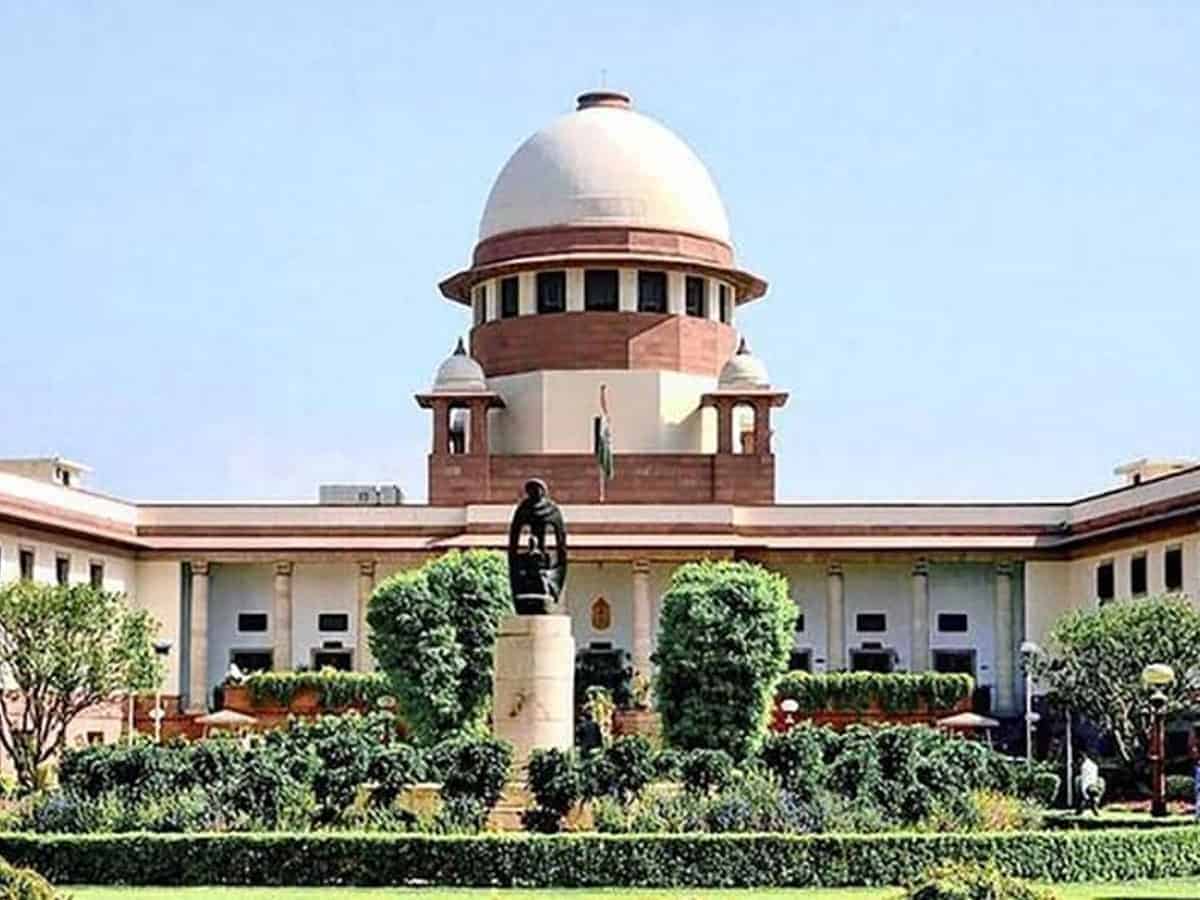
The Supreme Court of India on Monday started hearing arguments based on the Hijab Ban in Karnataka educational institutions.
The apex court was hearing arguments from 23 petitioners against the Karnataka High Court’s earlier verdict of upholding the ban on hijab at educational institutions, mainly schools and colleges across the state.
While hearing the petitioners, the bench, comprising of Justice Hemant Gupta and Justice Sudhanshu Dhulia, seems to agree with the Karnataka HC’s verdict by stating it did not violate Right to Education even as everyone has the right to practice their religion.
“You say educational institution cannot issue a rule but what about the state unless there is a statute which prohibits dress code. So tell me can a student come in minis, midis, whatever they want. You may be entitled to wear the hijab or scarf, can you carry the right within an educational institution which prescribes uniform. They are not denying right to education what they are saying as State is you come in the uniform,” the bench said.
The next hearing of the case will continue on September 7.
Arguments made in the Court:
There were many arguments made in the court on Monday. Senior counsel Rajeev Dhavan, who represents the petitioners, observed that the current issue is affecting the education of millions of Muslim girls in Karnataka.
To which Justice Hemant replied that a religious clothing worn in a secular country in a government-run institution can be argumentative.
“When there is a prescribed code then can turban be worn? Look around you milord.. in court 2 there is a picture of judge wearing pagdi,” Dhavan responded.
“Pagdi is not religious. My grandfather used to wear it while practicing law. Don’t equate it with religion,” Justice Gupta replied.
Dhavan then went on to request that due to the intensity of the case and as the whole country as well as the world is watching it with close lens, a larger bench is required to understand the nitty-gritty of the case.
“As per Article 145(3) deals with minimum number of judges who can hear a substantial question of law. Here the question is can the right of religious clothing be reconciled with uniform,” he submitted.
Apart from this the senior advocate pointed out rulings of two high court orders. One was from the Kerala High Court where an exact opposite ruling was given as compared to the Karnataka High Court.
What the Indian Supreme Court holds in this regard will be very important,” he argued.
Senior counsel Sanjay Hegde, who is also appearing for one of the 23 petitioners, argued that the Karnataka GO (government order) was not in tune with the Karnataka Education Act.
“The GO says no attire can be worn which shows religion being professed. The GO is contrary is object and purposes of the act and it cannot be used to give a direction etc. Even under Rule 11A uniform prescribed must be in consonance with the mandate of the Act,” Hegde submitted.
When asked to further explain his argument, Hegde said that there is no mention of uniform in the Education Act by the legislature (which is the state government here). “Hence, GO cannot create a new set of disabilities and cannot take away right to attend schools and college,” Hegde summed up.
Karnataka Advocate General (AG) Prabhuling Navadgi explained why the GO came into action.
“School authorities wrote to us seeking guidance since after Hijab students wore bhagwa shawls and which then led to unrest in educational institutions. This is the background of the GO,” he explained.
Still not satisfied by Hegde’s arguments, Justice Gupta remarked, “You may have a religious right and can you take that right within an educational institution where an uniform is prescribed. You may be entitled to wear the hijab or scarf, can you carry the right within an educational institution which prescribes uniform. They are not denying right to education what they are saying as state is you come in the uniform.”
To which Hegde pointed out that chunni (a clothing piece used as a shawl mostly by women)is also a part of the uniform.
“But chunni is there as uniform,” Hegde replied.
“Chunni is used to cover shoulders. Please don’t compare chunni to hijab. Sikh women wear it to cover head in gurudwara,” the bench responded.
Background of the Hijab ban
The hijab issue began in December last year when six pre-university female students were not allowed inside their classrooms as the administration insisted they remove their hijab or headscarf.
The issue soon spread like wildfire throughout the state where many government educational institutions started following the procedure and stopped hijab-clad students from entering the premises.
The issue then took a nasty turn when Hindu students, dressed up in saffron shawls started protesting against their hijab-clad Muslim classmates. Schools and pre-universities were shut down in order to maintain law and order.
On March 15, the Karnataka high court upheld the decision of the state government stating the hijab is not necessary and students should adhere to the rules of their respective institutions.



